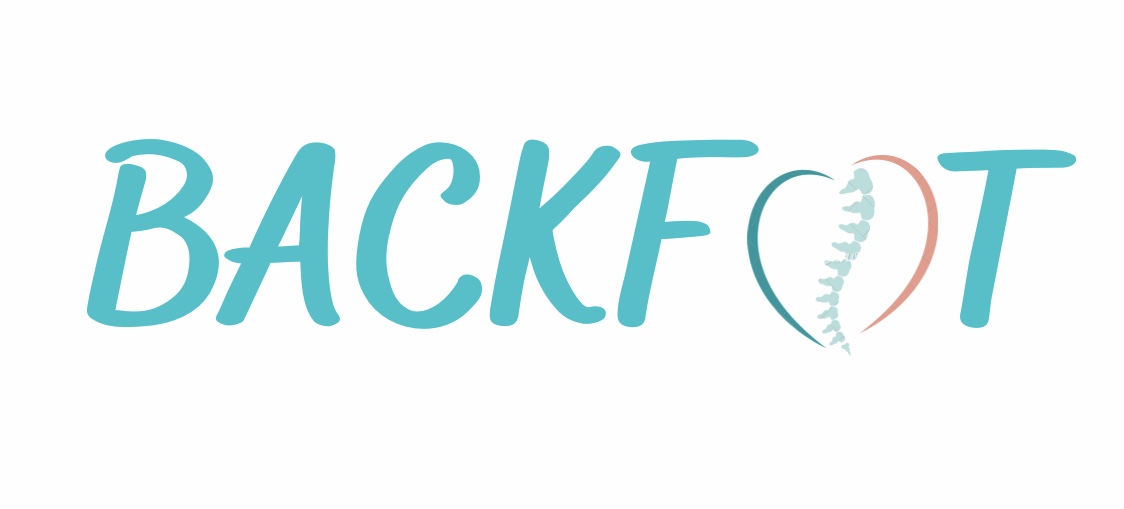Full project’s name
Multidimensional approach (exercise and mindfulness) for health improvement in patients with non-specific chronic low back pain
Logo

Website
https://www.instagram.com/backfitproject?igsh=MW84bWVnN2x1bG83ag==
Principal Investigator
Víctor Segura-Jiménez
Instituto de Investigación Biosanitaria ibs.GRANADA, Granada, Spain
Timeline
4/20/2021 – 4/19/2026
Other participants
Belén Donoso, University of Córdoba, Córdoba, Spain.
Yolanda Castellote Caballero, University of Jaén, Jaén, Spain.
Manuel Delgado Fernández, University of Granada, Granada, Spain.
Gavriella Tsiarleston, Insituto de Investigación Biosanitaria ibs.GRANADA, Granada, Spain.
Yolanda Gil-Gutiérrez, Insituto de Investigación Biosanitaria ibs.GRANADA, Granada, Spain.
Rocío Pozulelo-Calvo, Hospital Unviversitario Virgen de las Nieves, Granada, Spain.
Abstract
Low back pain (LBP) is among the most common health problems seen in primary care. Chronic LBP is defined as pain located between the lower limit of the ribs and the sacral region that lasts more than 12 weeks. In most cases, it is attributed to a non-specific cause by being classified as non-specific chronic low back pain (NSCLBP). No previous study has included a fully supervised multimodal program covering diverse dimensions of the patients with NSCLBP. More research is needed to understand the effect and magnitude of multimodal programs on health in patients with NSCLBP. The present project will try to ascertain the mediating value of habitual physical activity, sedentary behaviour and the level of physical fitness in pain and disability in patients with NSCLBP, as well as analysing the effectiveness of a multimodal intervention in several health outcomes in this population. The current project will implement a randomized control trial with two intervention programs in clinical setting [(1) exercise; (2) exercise + mindfulness]. The control group will be provided with the usual care received in the Physical Medicine and Rehabilitation Service: stretching, breathing and motor control exercises 2 days / week (45 minutes per session) during a period of 8 weeks. Intervention group 1 will undergo an exercise program 2 days / week (45 minutes per session) during a period of 8 weeks. Intervention will be applied by adapting rehabilitation exercising with focus on working the core muscles, starting with low-intensity isometric contraction of the core muscles that stabilize the trunk; increasing intensity by performing functional tasks. Intervention group 2 will receive the same treatment that intervention group 1 and will carry out a mindfulness program 1 day / week (2.5 hour per session, in addition to an optional retreat for patients, lasting 6-8 hours) during a period of 8 weeks. The project is framed within the Healthcare System and therefore the duration of the sessions will be adjusted as much as possible to the reality of the healthcare centres, so that in the future, if they are successful, they can be approached from clinical practice by professionals in Physical Medicine and Rehabilitation Services. Long-term follow-up (2 years) will be carried out to study the prognosis of the disease among the different intervention groups. The inclusion of several behavioural and health outcomes will allow to analyse the association of the levels of physical activity, sedentary behaviour, and trunk muscle strength/endurance with pain, disability, quality of life and gait parameters in patients with NSCLBP.
Research Topics
Physical Activity;Sedentary Behavior;Sleep;Physical fitness

